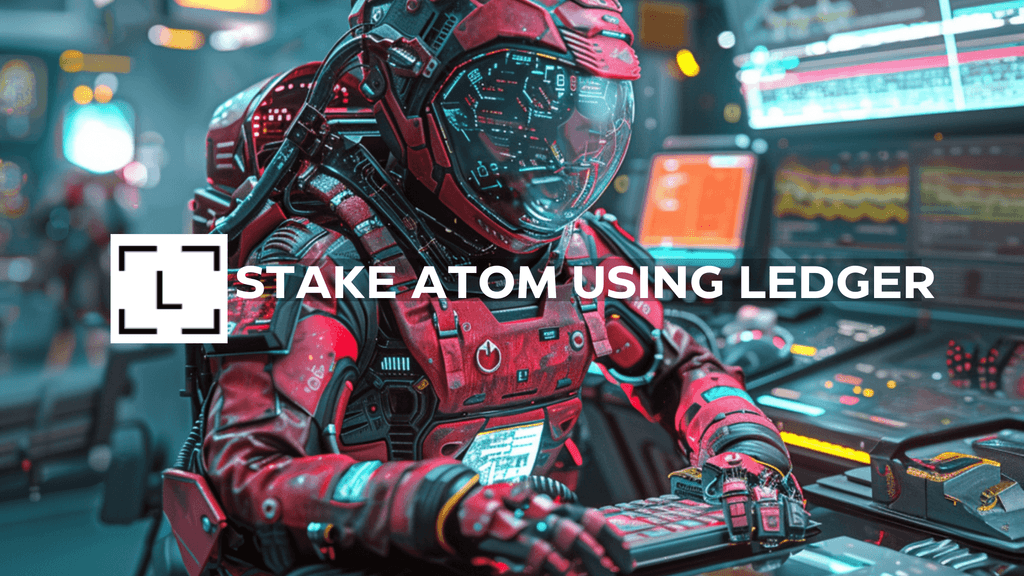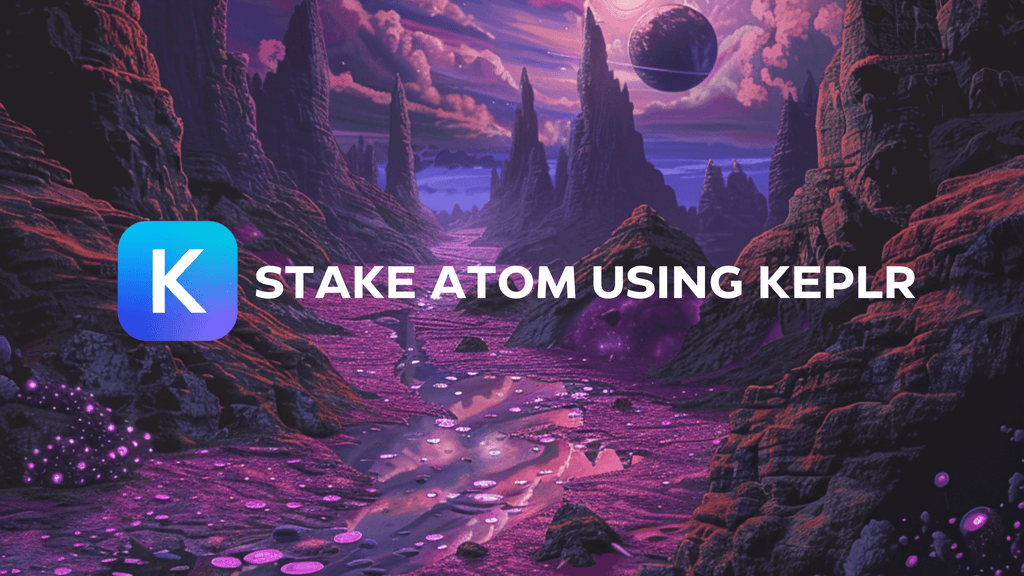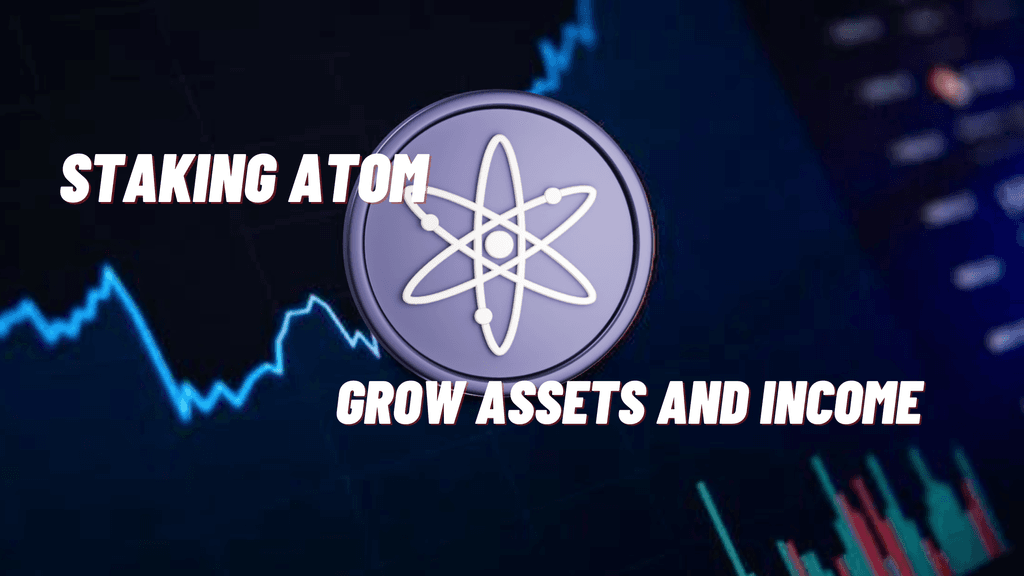Imagine a world where building a blockchain is as simple as assembling a Lego set. Each piece, or module, has its own unique function, and when combined, they create a robust and flexible structure. This is the vision of Celestia, a groundbreaking blockchain platform that is set to redefine the way we think about decentralized networks.
The Problem with Traditional Blockchains
In the early days of the crypto industry, the blockchain trilemma of scalability, security, and decentralization posed a significant challenge. Traditional blockchains, like Ethereum, often had to sacrifice one of these core properties. The root of this trilemma was the monolithic structure of these blockchains, where all core functions, from execution to consensus, were handled by a single chain. This led to bottlenecks, especially when chain usage surged.
Enter Celestia: The Modular Blockchain
Celestia introduces a new concept: modular blockchains. Instead of a one-size-fits-all approach, Celestia separates the core functions of a blockchain into distinct layers. This modular design has gained traction, especially with Ethereum’s rollups like Optimism or Arbitrum.
Celestia positions itself to handle the Data Availability and Consensus functions. By doing so, it allows other projects to build on top of its technology, focusing solely on their unique execution layers or layer-2 rollups. This separation ensures that each application has its own execution space while benefiting from Celestia’s robust consensus security.
Understanding Data Availability
Data availability is the confidence that the data required to verify a block is accessible to all network participants. For modular blockchains, the challenge is ensuring that summarized transaction data added to the blockchain truly represents valid transactions without requiring all nodes to download all data.
Celestia’s ingenious solution to this problem is data availability proofs. These proofs, based on a technique called erasure coding, ensure that as long as 50% of a block’s data is available, the entire block can be recovered. This means that malicious block producers would have to omit 50% of a block to hide any transaction. Nodes can then request random small portions of the block to verify data availability, increasing confidence in the data’s presence from 50% to over 99% with just seven requests.
Empowering Developers and Communities
Celestia’s modular approach empowers developers to focus on their application’s core logic. They can choose the appropriate execution environment, programming language, and even update their app without needing to hard fork the main chain. This flexibility is a game-changer, allowing for unparalleled customization and sovereignty.
Furthermore, Celestia ensures that every user can be a first-class citizen of the network. Thanks to Data Availability Sampling (DAS), even standard computers or smartphones can act as light nodes. This technology allows users to personally verify the network’s operation, improving decentralization and scalability.
The Road Ahead for Celestia
Celestia has garnered significant attention and anticipation. Currently in the Mocha testnet phase, it aims for a mainnet launch in Q3 2023. The project recently concluded a nine-week incentivized testnet, “The Blockspace Race”, involving 1,000 selected participants. With backing from major names like Bain Capital Crypto and Polychain Capital, and a recent fundraising of $55 million at a $1 billion valuation, Celestia’s future looks promising.
Conclusion
Celestia stands as a beacon of innovation in the blockchain landscape. By modularizing the blockchain technology stack, it offers unparalleled flexibility, scalability, and security. For developers, communities, and users alike, Celestia represents a new era of decentralized possibilities.





